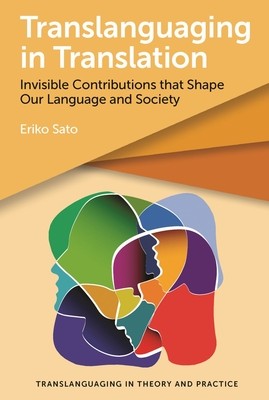
- We will send in 10–14 business days.
- Author: Eriko Sato
- Publisher: Multilingual Matters Limited
- ISBN-10: 1800414927
- ISBN-13: 9781800414921
- Format: 15.6 x 23.4 x 1.4 cm, minkšti viršeliai
- Language: English
- SAVE -10% with code: EXTRA
Reviews
Description
This book brings applied linguistics and translation studies together through an analysis of literary texts in Chinese, Hindi, Japanese and Korean and their translations. It examines the traces of translanguaging in translated texts with special focus on the strategic use of scripts, morphemes, words, names, onomatopoeias, metaphors, puns and other contextualized linguistic elements. As a result, the author draws attention to the long-term, often invisible contributions of translanguaging performed by translators to the development of languages and society. The analysis sheds light on the problems caused by monolingualizing forces in translation, teaching and communicative contexts in modern societies, as well as bringing a new dimension to the burgeoning field of translanguaging studies.
EXTRA 10 % discount with code: EXTRA
The promotion ends in 23d.00:55:38
The discount code is valid when purchasing from 10 €. Discounts do not stack.
- Author: Eriko Sato
- Publisher: Multilingual Matters Limited
- ISBN-10: 1800414927
- ISBN-13: 9781800414921
- Format: 15.6 x 23.4 x 1.4 cm, minkšti viršeliai
- Language: English English
This book brings applied linguistics and translation studies together through an analysis of literary texts in Chinese, Hindi, Japanese and Korean and their translations. It examines the traces of translanguaging in translated texts with special focus on the strategic use of scripts, morphemes, words, names, onomatopoeias, metaphors, puns and other contextualized linguistic elements. As a result, the author draws attention to the long-term, often invisible contributions of translanguaging performed by translators to the development of languages and society. The analysis sheds light on the problems caused by monolingualizing forces in translation, teaching and communicative contexts in modern societies, as well as bringing a new dimension to the burgeoning field of translanguaging studies.


Reviews